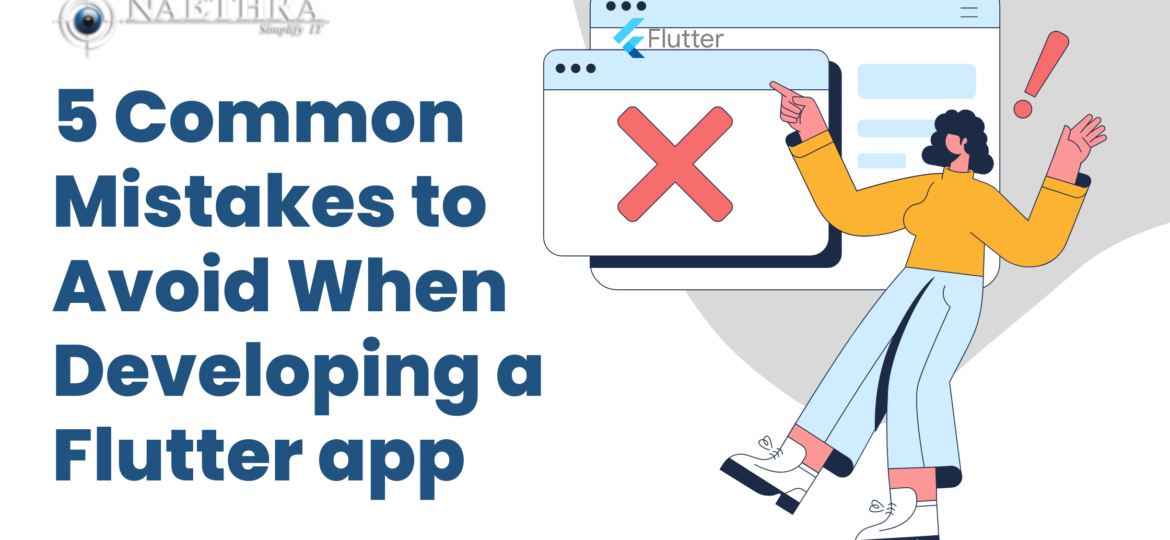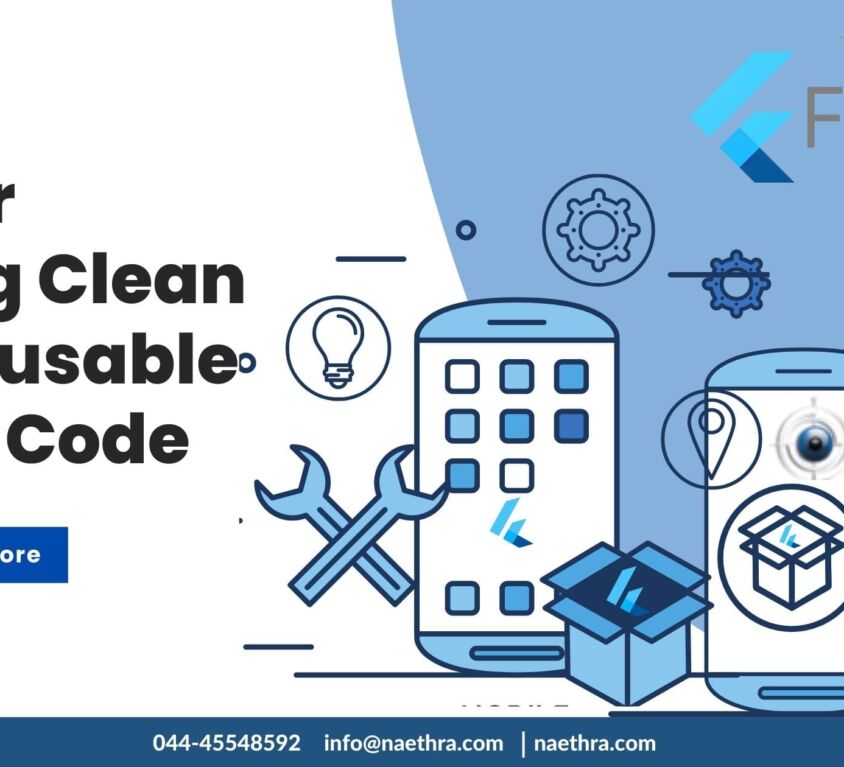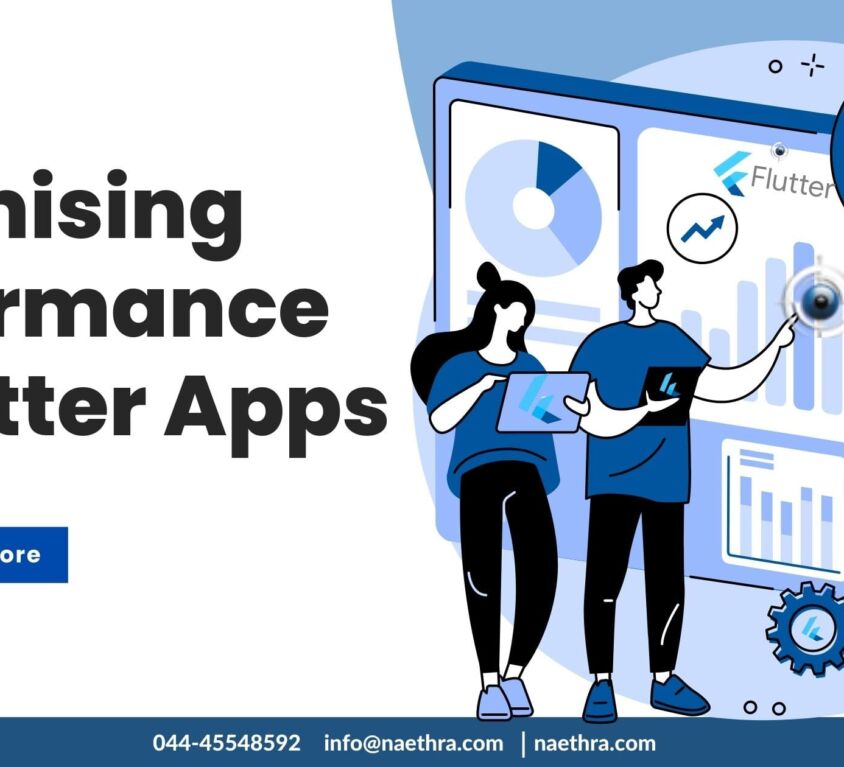
5 Common Mistakes to Avoid When Developing a Flutter app
Developing a successful mobile app is no easy feat – there are many intricate pieces and processes that must interact efficiently for your users to get the most out of their experience. Of all the development platforms available today, Flutter has quickly become an attractive choice amongst developers for cross-platform app development due to its flexibility and customizability.
However, as with any platform, it can be tricky to successfully create a Flutter application if you’re not aware of some common pitfalls. To help avoid these pitfalls and create the best possible product, here are five common mistakes to avoid when developing a Flutter app.
In this blog post, we’ll explore five mistakes that can derail your progress when developing a Flutter application – so read on to make sure your app’s success isn’t sabotaged by avoidable missteps.
Mistake #1: Not Doing Sufficient Planning
The first mistake that many developers make is not doing enough planning before diving into the app development project. It’s easy to get excited about the possibilities of your project and dive straight into coding without properly assessing what features your app should have and how it should be structured. This can lead to problems down the line, as it can be hard to go back and make changes once you’ve already started coding. Proper planning of the entire development process is essential for any successful project, so take the time to map out your app’s features and structure before you start coding.
Mistake #2: Not Utilising The Right Tools
Another mobile app development mistake developers often make when developing an app with Flutter is not utilising the right tools or libraries. While there are plenty of good open-source tools available for use with Flutter, it’s important to find ones that are well-maintained, up-to-date, and optimised for performance. This means taking the time to research different libraries and frameworks before deciding which ones will be most beneficial for your particular project.
Mistake #3: Not Testing The App Extensively
Testing is an essential part of any successful development process and should never be overlooked or skimped on during a Flutter development project. Taking the time to thoroughly test your application will help ensure that it runs smoothly on all platforms and devices and that all features are working correctly before launch. To do this effectively, you need to have a robust testing strategy in place from the beginning of development until launch day—otherwise, you could end up with a buggy product or even worse—a security vulnerability in your codebase!
Mistake #4: Not Optimising For Performance
Optimising performance can often be forgotten during a rush to meet release deadlines but is absolutely essential if you want to ensure that users have a positive experience when using your product. Poorly optimised code can cause slow loading times, which can lead users away from using your product altogether. Make sure that you understand how memory usage affects performance when developing an app with Flutter—this way you can ensure that all components are efficiently utilising resources while still delivering a fast user experience on both iOS and Android devices.
Mistake #5: Not Adapting To Changing Platforms
Finally, another mistake developers often make when creating an app with Flutter is not adapting their codebase as platform updates come out over time. Apple and Google frequently release updates for their respective platforms which may require changes in order for apps developed with Flutter to work correctly across multiple versions of each OS platform. Take some time every few months (or more frequently) to check for new OS updates from Apple/Google; then assess whether or not those updates require changes in order for your product to continue working on all devices/platforms correctly after each update release date passes by…
As we’ve seen throughout this article, there are numerous potential pitfalls associated with developing an app using Flutter—all of which can be easily avoided by following best practices such as proper planning & research prior to diving into coding; utilising only well-maintained libraries & frameworks; performing extensive testing both during & after development; optimising codebase performance; & adapting codebase when new platform versions become available over time.
By avoiding these five common mistakes outlined above & following best practices throughout the app development process instead – businesses will increase their chances at success while launching their mobile applications built using a powerful framework like Flutter!
App store and Google play store are already over-saturated with many apps for various needs. To stand out in the crowd with the best performance Flutter is a great tool to go ahead. However, as with any new technology, there are some common mistakes that developers can make when using Flutter.
If you are a business owner with an app idea and need help from experts in developing your flutter app, contact us at Naethra Technologies at info@naethra.com, a leading mobile app development company in India. Our team of experienced mobile app developers can develop a mobile app for your business, can provide Flutter app migration, can provide Flutter app upgradation, and also provide guidance and support with every step of the way to ensure your app is successful.





